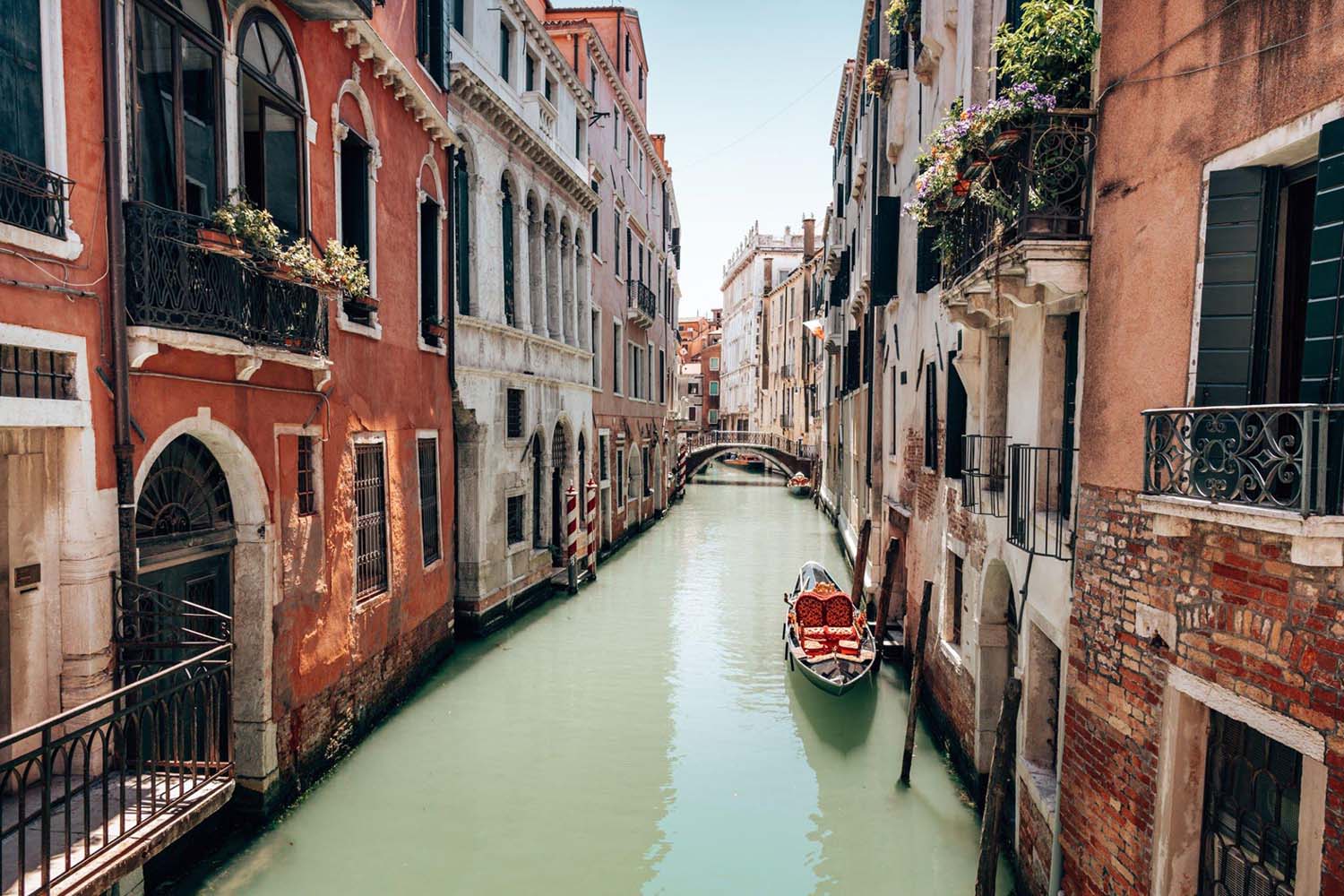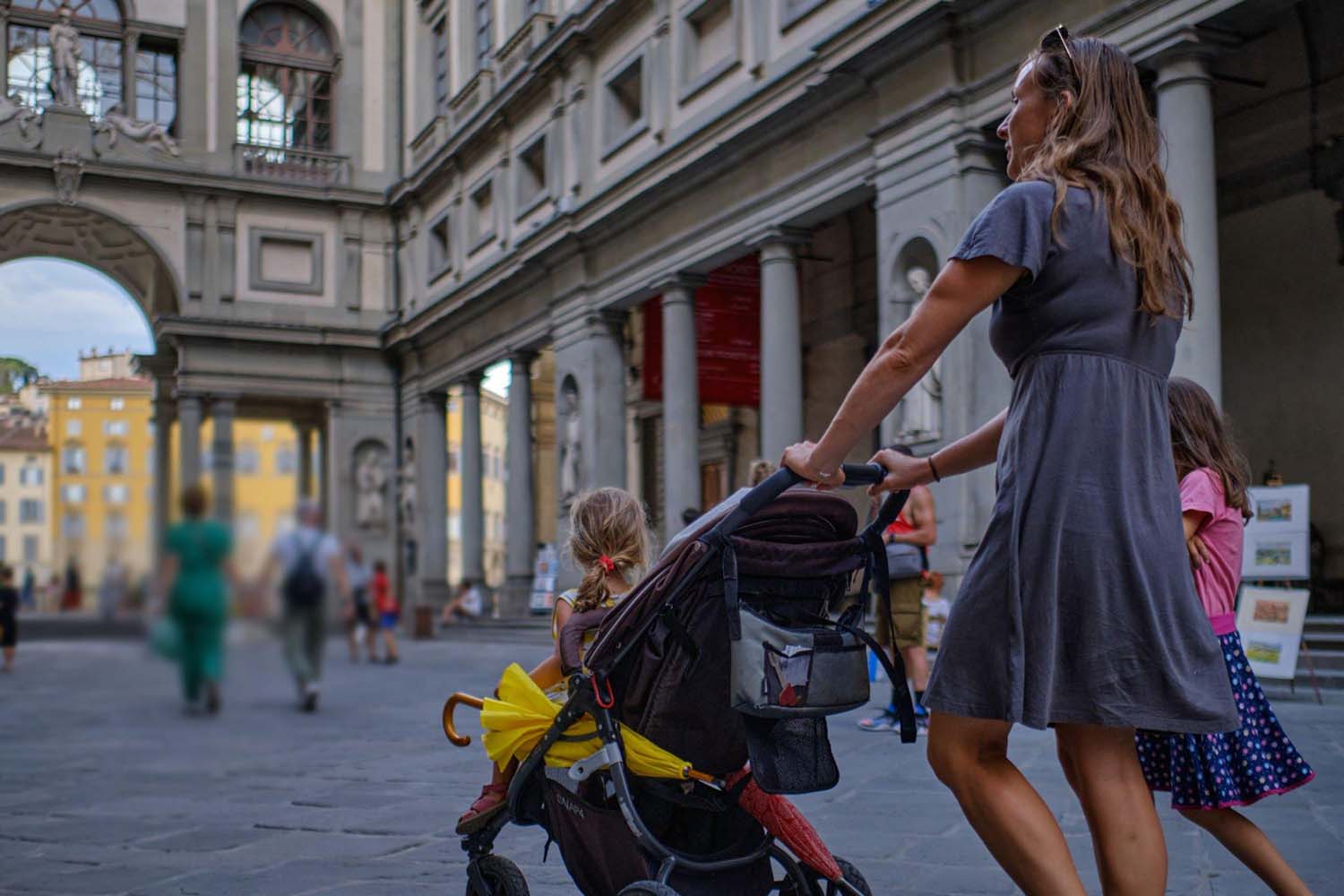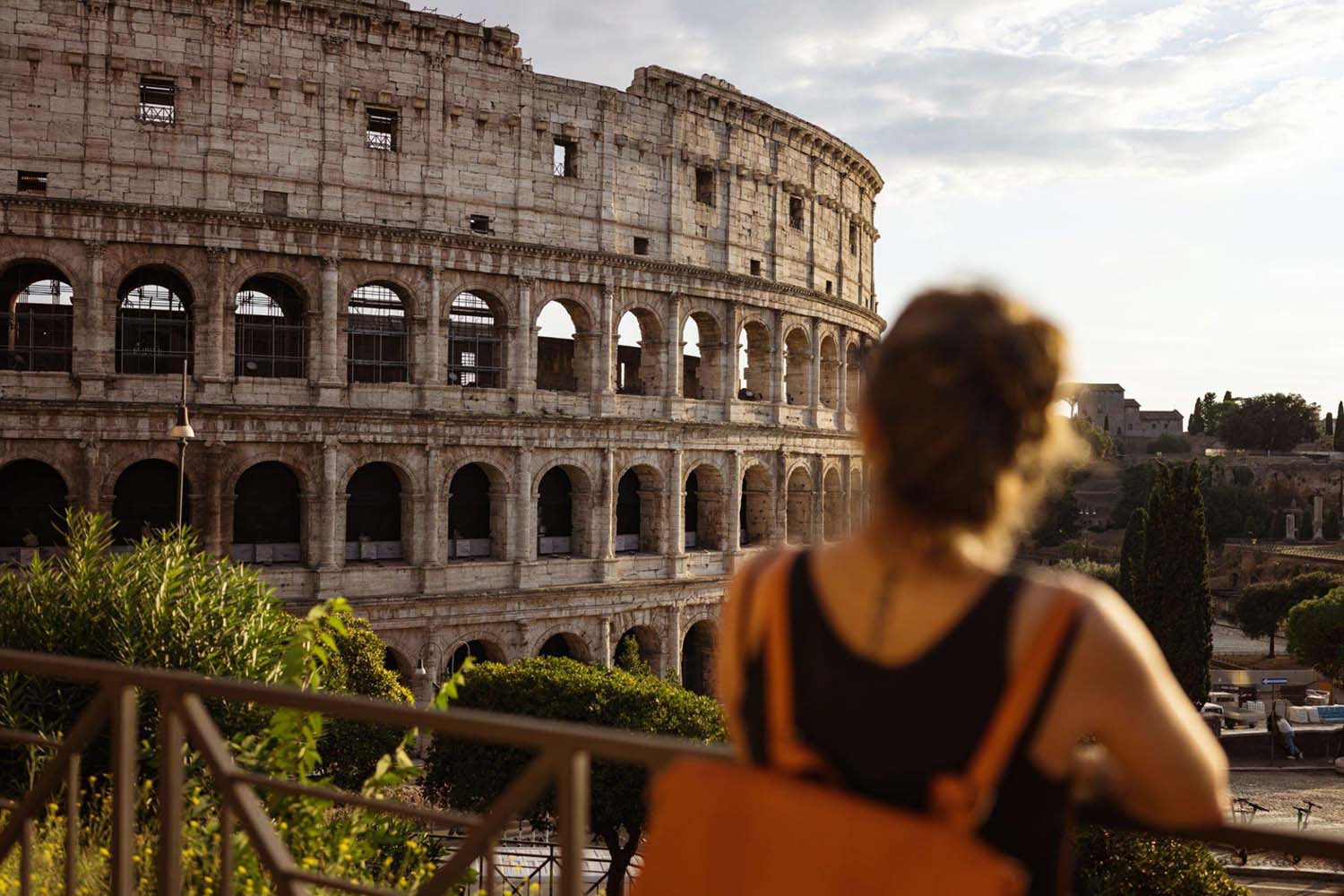Italy is a wonderful destination if you are interested in a seamless blend of history, culture, and stunning landscapes. Its rich cultural heritage, picturesque cities, and delicious cuisine are irresistible. From the iconic Colosseum in Rome to the canals of Venice, Italy has an endless list of captivating attractions. Here are some critical things to know before travelling to Italy.

1 – Language and Etiquette
While many Italians speak English, especially in tourist areas, learning basic Italian phrases can help you navigate the country more easily. Before your trip, learn useful phrases. Important things to know include greetings, asking for directions, ordering food, and thanking people.
Italians place a high value on respect. You should be aware of cultural differences in etiquette. For example, speaking loudly or making excessive noise in public is considered impolite. Greeting people with a handshake or kiss on the cheek is customary.
2 – Currency
The Euro is the official currency of Italy. It is used by 19 of the 27 European Union countries. When visiting Italy, you need to exchange your local currency for Euros. Most of the major banks and exchange bureaus offer currency exchange services. ATMs are widely available throughout the country. While some shops and hotels may accept US dollars, it’s best to have some Euros on hand to avoid inconvenience.
Credit cards are widely accepted in Italy, but carrying some cash for small purchases and emergencies is a good idea. Understanding the Italian currency and having access to Euros is essential for any tourist visiting Italy to ensure a smooth trip.
3 – Transportation
The public transportation system in Italy is extensive. It includes buses, trains, and metros. The national train company is Trenitalia, which offers high-speed trains connecting major cities. You can get tickets online, at train stations, or from travel agencies. Local buses and metros are also affordable and convenient in cities like Rome and Milan.
Taxis are also an option if you are willing to splurge on transportation, especially in tourist areas. Rental cars are appropriate If you want more flexibility. Note that driving in Italian cities can be challenging. The roads are narrow, and parking may be limited. Italy also has an extensive ferry network connecting major coastal cities and islands. It is a scenic and fun way to travel in Italy.
4 – Culture
Italians value fashion and style. When visiting their country, you need to look the part. Dressing nicely when visiting restaurants, museums, and other public places is a good idea. Food is an essential part of Italian culture, and meals are typically long and leisurely affairs. Restaurants may charge a “coperto” or cover charge covering bread, water, and other basics. It’s customary to leave a small tip if the service was good, usually around 10% of the bill.
The cultural heritage in Italy is rich. Consider learning about some of its customs and traditions before your trip. For example, Sunday is typically a day for family gatherings, and many businesses are closed. Most people dress conservatively when visiting religious sites.

5 – Sightseeing
Italy has a rich history and many gorgeous attractions. It has a variety of incredible sights and things to do. The Colosseum in Rome is an iconic sight. This ancient arena was once the site of epic gladiator battles. You can explore the ruins and imagine what it was like to be a spectator in ancient times.
The Vatican City in Rome is also incredible. It is the world’s smallest country and home to incredible artworks. You can also see St. Peter’s Basilica, the world’s biggest church. Moving north, Florence is another city steeped in history and culture. The Uffizi Gallery holds paintings from some of the best artists in the world. You can find art by Leonardo da Vinci Botticelli and other iconic painters.
This city is also home to the iconic Duomo, a stunning cathedral with a massive dome that dominates the city skyline. Many attractions are crowded, especially during peak travel season, so you should book tickets in advance. Some places close on certain days of the week. Check the schedules before you go. With so many things to see, a guided tour in Italy can ensure you see everything.
6 – Safety
While Italy is relatively safe, you must take precautions to protect yourself from pickpockets and other crimes. Learn about areas with high crime rates and avoid them, especially at night. Pickpocketing is a common problem in tourist areas, so keep your valuables close and be cautious in crowded areas.
Carry photocopies of your passport and essential documents at all times. This ensures that you can find your way around if your documents are lost or stolen. When using public transportation, keep an eye on your belongings and observe your surroundings. Keep a working phone with you in case of emergencies. It helps to have the contact details of your local police and embassy. Let someone know if you plan on visiting a new destination.
7 – Accommodation
When planning your Italy trip, consider where you will stay, as there are diverse accommodation options. You can choose from budget hostels to luxury hotels. Choose options that suit your needs and budget.
Start by deciding which cities or regions you’ll visit, then research the types of accommodation available in those areas. Consider factors such as location, amenities, and cost. Reading reviews from previous guests gives you an idea of what to expect. Accommodation prices depend on the season and your location. Booking reservations in advance can save you some money. A little planning can help you find the perfect place to stay during your visit to Italy.
8 – Weather
In Italy, the climate is varied, with the northern regions experiencing colder winters and milder summers, the south experiences hotter temperatures throughout the year. Spring and fall seasons are the best time to visit Italy. The weather is mild, and the crowds are smaller. The summer months get very hot, with temperatures reaching over 30°C. Checking the weather forecast before your trip will help you pack accordingly. Avoid visiting in the winter as there can be heavy snowfall, especially in mountainous areas.
Traveling to Italy can be a memorable experience if you prepare well. Whether you’re going on a romantic getaway or a family vacation, Italy has something for you. From its breathtaking architecture and world-renowned cuisine to its stunning beaches. Pack your bags, brush up on your Italian, and get ready to discover everything about this lovely country.








